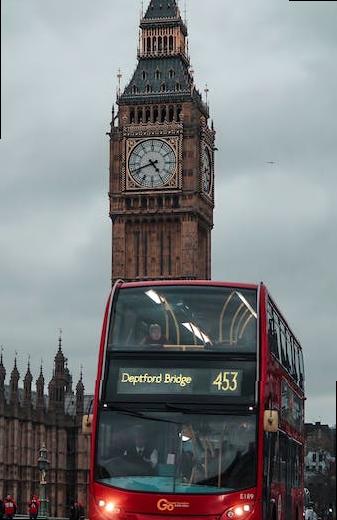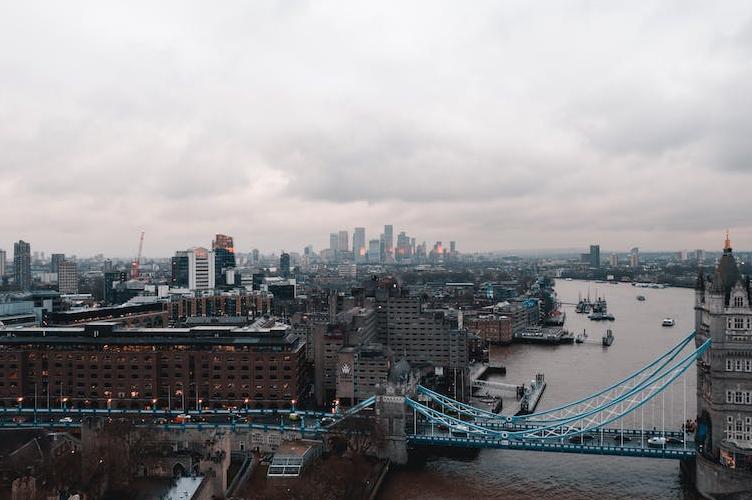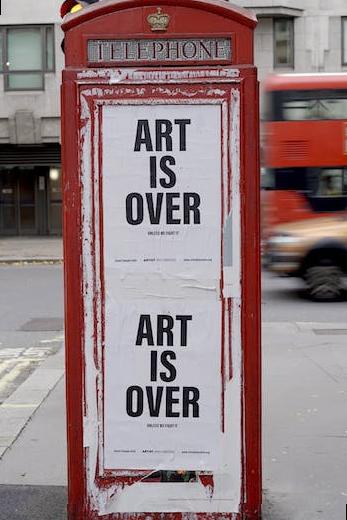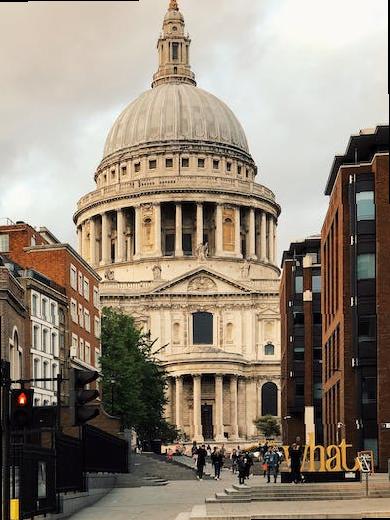The London Underground is one of the most efficient and popular ways of traveling around the city. It connects different parts of London and runs from early morning to late at night. However, like any other transportation system, the London Underground has its own fare system, and it can be confusing for new users to understand how much a journey will cost.
One of the ways that the London Underground has simplified its payment system is through daily and weekly travel caps. These caps are designed to limit the amount of money that a traveler needs to spend on a single day or for a week of travel. For instance, if a commuter takes multiple trains or buses during the day, the total fare might exceed a certain threshold. Once the threshold is reached, the system automatically applies a cap, and the commuter is charged no more for the rest of the day.
Weekly travel caps operate in a similar way but cover the cost of travel for a week. They offer convenience and reliability to regular travelers, especially those who commute to work every day. Daily and weekly caps are a cost-effective way of using the London Underground, and many people prefer them over traditional ticketing methods. In this article, we will explore how daily and weekly travel caps work and how they can help you save money while traveling around London.
Lowest Possible Fares
The lowest possible fares for the London Underground vary depending on factors such as time of day, zones traveled, and method of payment. A single journey fare for zones 1-2 using a contactless payment or Oyster card during off-peak hours is currently £2.40, which is cheaper than purchasing a paper ticket for the same journey. Travelling during peak hours, however, can be more expensive, with a single off-peak fare costing £2.90.
To access the lowest possible fares, passengers can also consider purchasing a Travelcard or a Daily Cap, which provide unlimited travel within specified zones for a set price. For example, a Travelcard for zones 1-2 for a one-week period costs £35.10, which equates to just over £5 per day if used for five days.
It is also worth noting that travelling outside of peak hours and avoiding busier stations can further reduce the cost of journeys. Additionally, using a contactless payment or Oyster card is generally cheaper than purchasing a paper ticket for each journey.
Overall, the London Underground offers various options for passengers to access the lowest possible fares based on individual travel needs and preferences.
Daily And Weekly Caps
The London Underground offers daily and weekly caps to help commuters save money on fares. The daily cap for zones 1-2 is £7.00, and for zones 1-4 it is £10.60. The weekly cap for zones 1-2 is £35.10, and for zones 1-4 it is £47.00. These caps ensure that customers do not pay more than a certain amount each day or week, even if they make multiple journeys on the underground.
The daily cap applies from 4:30 am to 1:00 am the following day. If a customer’s journey goes over the daily cap, then they will not be charged any extra fare. The weekly cap, on the other hand, applies from Monday to Sunday each week. If a customer’s journeys exceed the weekly cap, then they will not be charged any extra fare for the rest of the week.

Customers can also use Oyster or contactless cards to take advantage of the daily and weekly caps. The benefits of using these cards include easy top-ups and the ability to manage cards online.
In conclusion, the daily and weekly caps offered by the London Underground make it affordable for commuters to travel around the city. If you’re looking for a vibrant and happening atmosphere, be sure to check out West End in our guide to London neighborhoods.
Travel Card Alternative
The London Underground is a popular method of transportation for residents and visitors to the city. The cost of using the underground varies depending on the zone you are traveling to and from. The price for a single journey within Zone 1 is £2.40 using a Pay As You Go Oyster card or contactless payment, and increases according to the number of zones you cross. If you travel frequently, you may consider using a travel card which can save you money. A weekly Travelcard for Zones 1-2 costs £25.10 with an Oyster card. However, if you do not want to commit to purchasing a travel card, an alternative is to use pay-as-you-go on your Oyster card or your contactless payment card. With this option, you can still benefit from daily capping, which means you will never spend more than what a daily Travelcard would cost you. Moreover, using contactless payment to pay for your journey is just as convenient as using an Oyster card. If you want to get rid of furniture in London, consider looking into donation options.
Pay As You Go
Pay as you go is a payment method which allows customers to pay for their travel on London Underground using a contactless payment card or Oyster card. The cost of the journey varies depending on the zones travelled and the time of day.
For a single journey on London Underground within Zone 1, the fare using pay as you go is £2.40 during peak hours (Monday to Friday 6:30am-9:30am and 4pm-7pm) and £2.40 off-peak. For journeys outside Zone 1, the cost increases accordingly.

Oyster cards have a daily cap which means that after a certain amount of travel, the cost cannot go above a set limit. For travel within Zones 1-2, the daily cap is £7.20 during peak hours and £6.50 off-peak. For travel in other zones, the daily cap increases as well.
Contactless payment cards are also accepted on London Underground, and have similar pricing to Oyster cards. The only difference is that they do not have daily caps and charges are applied to the customer’s bank account immediately.
Overall, pay as you go is a convenient and flexible way to pay for travel on London Underground, with prices varying depending on the journey taken and the time of day.
Unlimited Travel Savings
Unlimited travel savings can be a great way to save money when using public transportation systems in cities like London. In 2021, the cost of using the London underground varies depending on the zones travelled, time of day and type of ticket. For example, a single journey ticket within zones 1-2 costs £2.90 during peak times and £2.40 during off-peak times. A daily cap is also applied, which varies from £7.20 to £9.80 depending on the zones and time of day travelled.
However, there are several unlimited travel options available that can provide significant savings. For example, a weekly travelcard can be purchased for £36.10 for zones 1-2, allowing unlimited travel within those zones for a week. A monthly travelcard costs £138.70 for zones 1-2, providing savings for those who use the tube regularly.
Furthermore, the Oyster card can also provide unlimited travel options with daily, weekly and monthly caps, with discounts for children, students and other eligible groups. The Oyster card can be topped up with credit and used for pay-as-you-go journeys, offering further convenience and savings for occasional users.
Overall, by taking advantage of unlimited travel savings options such as travelcards and the Oyster card, commuters and visitors to London can save significant amounts on their travel costs while enjoying the convenience and efficiency of the London underground.
Zone-Based Pricing
Zone-based pricing is a method of calculating fare for public transportation, based on the geographical distance traveled within a city. The London Underground is an example of using this type of pricing. The cost of traveling on the London Underground can vary based on the zone in which the journey begins and ends. There are six zones on the London Underground system, with zone one being the central zone, and the subsequent zones increasing in number as they move further away from the city center.
For visitors to London, how much is a London travel card is a common question, with the cost varying depending on the length of stay and the zones being traveled, but generally ranging from £13.50 to £35 per day. The cost of a single journey within zone one is £2.90 for an adult with an Oyster card, and £4.90 for a cash ticket. However, the cost of a single journey increases when traveling outside of zone one. A journey from zone one to zone two is £3.30 with an Oyster card, and £5.90 with a cash ticket.
To make traveling on the London Underground more affordable, visitors can purchase a London travel card. These cards provide unlimited travel within the chosen zones, with the cost varying based on the length of stay and the zones chosen. The price of a travel card for zones one and two for one day is £13.50 with an adult Oyster card, and £16.40 for a paper ticket. The cost increases with each additional zone, with a one-day travel card for zones one to six costing £18.10 with an Oyster card and £20.40 for a paper ticket.
Convenient And Flexible
The London Underground offers convenient and flexible travel options for both locals and tourists at an affordable cost. The cost of London Underground tickets varies depending on factors such as the time of day and the zones traveled. For example, a single journey within one zone during off-peak hours costs £2.90, while a peak-time journey across six zones costs £6.00. However, using an Oyster card or contactless payment can result in slightly cheaper fares.
Furthermore, with an extensive network of 11 lines and over 270 stations, the London Underground provides easy access to many popular tourist destinations across the city. The service operates 24/7 on selected lines, making it a flexible and reliable way to get around at any time of day or night.
Overall, the London Underground is a value-for-money travel option that offers convenience and flexibility to those looking to explore the city. For those wondering what to get from London, consider checking out the variety of locally sourced food products available in the city.
Oyster Card Benefits
Oyster card is a smart card used to pay for public transport in London, and it comes with various benefits. The cost of a single journey on the London Underground varies depending on the zones you travel through. For example, a single journey in zone 1 costs £2.40 with an Oyster card, while it costs £4.90 with cash. Therefore, using an Oyster card for travel is cheaper than using cash.
One of the benefits of an Oyster card is the daily cap on fares. Once you reach a certain amount based on the zones you travel through, the rest of your journeys that day are free. This cap is cheaper than buying a day travel card, so if you’re traveling frequently on public transport, an Oyster card can save you money.
Another benefit of an Oyster card is the ability to top it up online or at a ticket machine, so you don’t have to queue to buy a ticket every time you travel. Also, Oyster card holders can get discounts on some London attractions, such as the London Eye and Madame Tussauds.

For those looking to save money on London attractions, London Attraction Passes are the best alternative to London Pass. However, if you’re just using public transport, an Oyster card is the best way to save money on London Underground fares.
Contactless Payments Accepted
Contactless payments are accepted for travel fares in the London Underground. The fare for an adult using pay as you go using contactless is £2.40 for a single journey in Zones 1-2. For someone who will take multiple journeys in a single day, using a daily cap will provide the best value. The daily cap for zones 1-2 is £6.40. Contactless payment can be used for both single and return journeys, as well as day travelcards.
When it comes to cultural diversity, London compared to Paris has a wider range of ethnic backgrounds and international communities. This makes London one of the most diverse cities in the world, with more than 300 languages spoken across the capital. This has influenced the food and drink scene, where international cuisine can be found in every corner of the city. In addition, London’s cultural diversity is also reflected in the city’s art, music, fashion, and popular culture. This makes London a dynamic and vibrant city that attracts people from all over the world.
Automatic Cap Adjustments
Automatic cap adjustments refer to the process of adjusting the fare caps for public transportation systems based on the distance travelled by the passenger. In the case of the London Underground, this system allows commuters to benefit from reduced fares when travelling longer distances.
The cost of using the London Underground varies depending on the mode of transport used, the distance travelled, and the time of day. As of 2021, a single journey on the London Underground can cost anywhere from £2.40 to over £6 depending on several factors. However, in order to help regular commuters save money, the London Underground offers travelcards and season tickets.
Travelcards allow users to travel as much as they want on all modes of public transportation within specific zones for a fixed price. Similarly, season tickets allow unlimited travel for one week or one month, depending on the duration of the ticket.

Additionally, the London Underground also operates an automatic cap adjustment system known as Oyster. This system calculates the total cost of a journey and automatically applies a daily and weekly fare cap based on the number of journeys taken. This helps commuters save money by ensuring that they do not pay more than the maximum travel cost for the day or week.
Overall, the cost of using the London Underground depends on several factors, but the system’s automatic cap adjustments and other fare reductions help commuters save money on their daily travels.
Final say
In conclusion, the cost of using the London Underground varies depending on a variety of factors including location, time of day, and method of payment. The most cost-effective option for regular users is purchasing an Oyster card or using contactless payment with a credit or debit card. Single cash fares can be quite expensive and should be avoided if possible. It is important to plan ahead and research ticket options to ensure that you are getting the best value for your money.
The London Underground has a reputation for being one of the most efficient and convenient transportation systems in the world. However, like any other public transportation system, it comes with a cost. The cost of using the London Underground can be confusing for those who are unfamiliar with the system.
The easiest and most cost-effective option for regular users is to purchase an Oyster card, which is a reusable plastic card that can be topped up with credit. It can be used for various modes of transportation in London, including the Underground, buses, and trams. Using an Oyster card is significantly cheaper than paying cash fares since it offers a discounted rate on most journeys.
Another option for visitors and occasional users is to use contactless payment with a credit or debit card. This option allows users to simply tap their card on the reader when entering and exiting the station, without the need to purchase a separate ticket. However, it is important to check with your bank regarding any foreign transaction fees that may apply.

It is also worth noting that the cost of using the London Underground varies depending on the time of day and the location. Peak hours, typically between 6:30 am and 9:30 am and between 4 pm and 7 pm, are more expensive than off-peak hours. Additionally, the cost of travel within zones is dependent on the distance traveled. This means that longer journeys may be more expensive than shorter ones.
Overall, planning ahead and researching ticket options is crucial to ensure that you are getting the best value for your money when using the London Underground. By utilizing an Oyster card or contactless payment with a credit or debit card, travelers can save significantly on transportation costs while enjoying the convenience of one of the world’s most efficient transportation systems.
